Who We Serve
Though we welcome limited-resource farmers from all backgrounds, the vast majority who knock on our ALBA’s door are Mexican immigrants seeking a chance at a better life. The productivity of large scale growers in the Salinas Valley makes it the ‘Salad Bowl to the World’, generating $4 billion in crop sales for the predominantly large-scale growers. The sector employs over 50,000 workers, but many of these jobs are held by Mexican immigrant farmworkers, who are paid between $20 and $30 thousand per year without job security or benefits. They are often disregarded as ‘unskilled labor’, but their talent and work ethic make them capable of much more if given the opportunity.
How They Farm
ALBA’s farm has been certified organic since 1992 and requires every farm at ALBA to earn or renew CCOF certification each year. Though most are experienced farmers, they pick up new conservation practices in their time at ALBA. Underlying everything taught is the principle: “take care of the soil, and it will take care of you.”
Here are the standard conservation practices ALBA taught at ALBA:

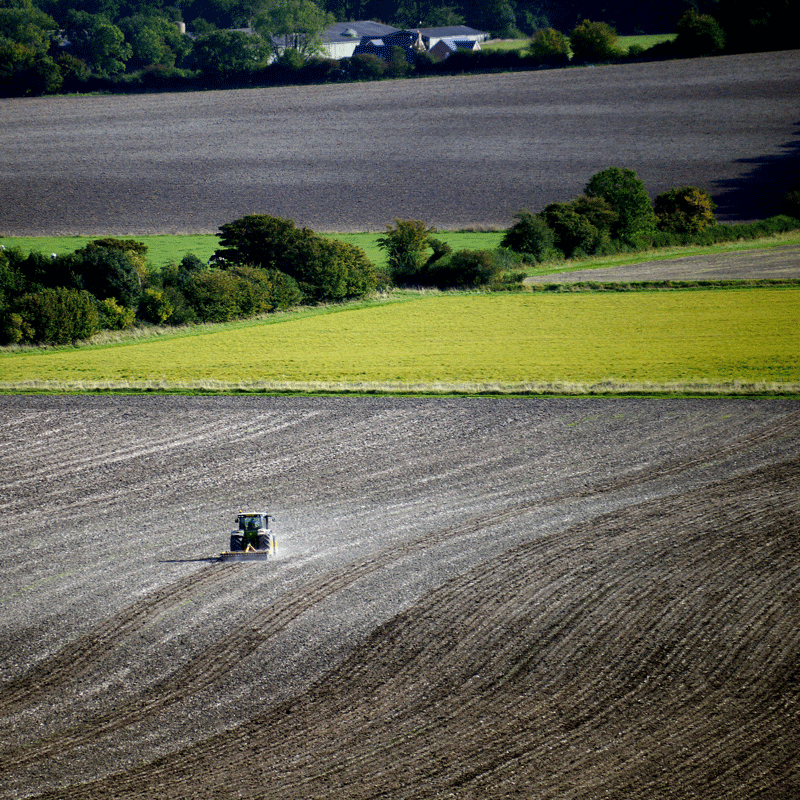

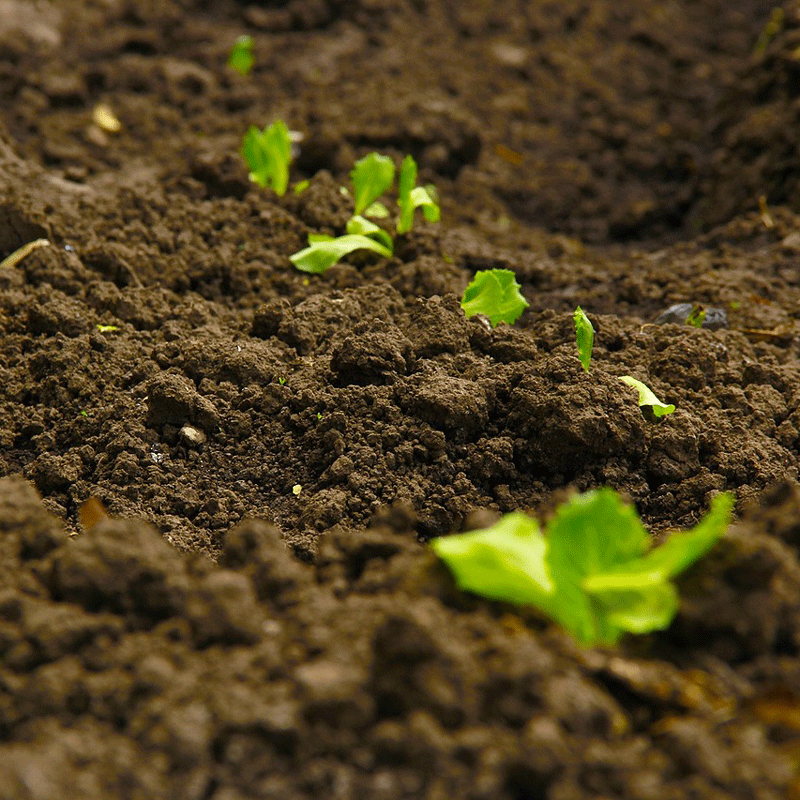
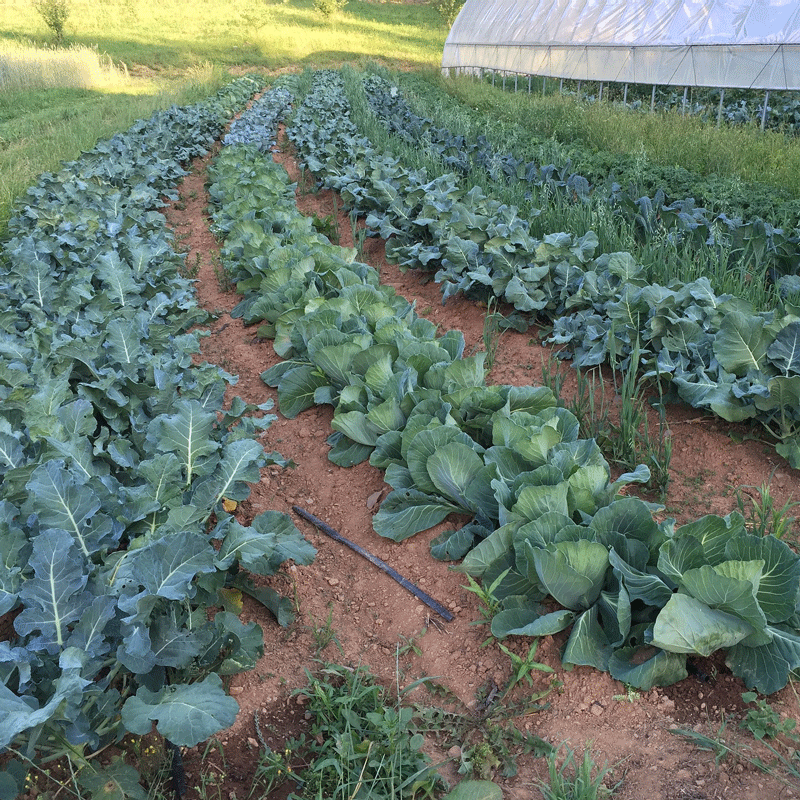
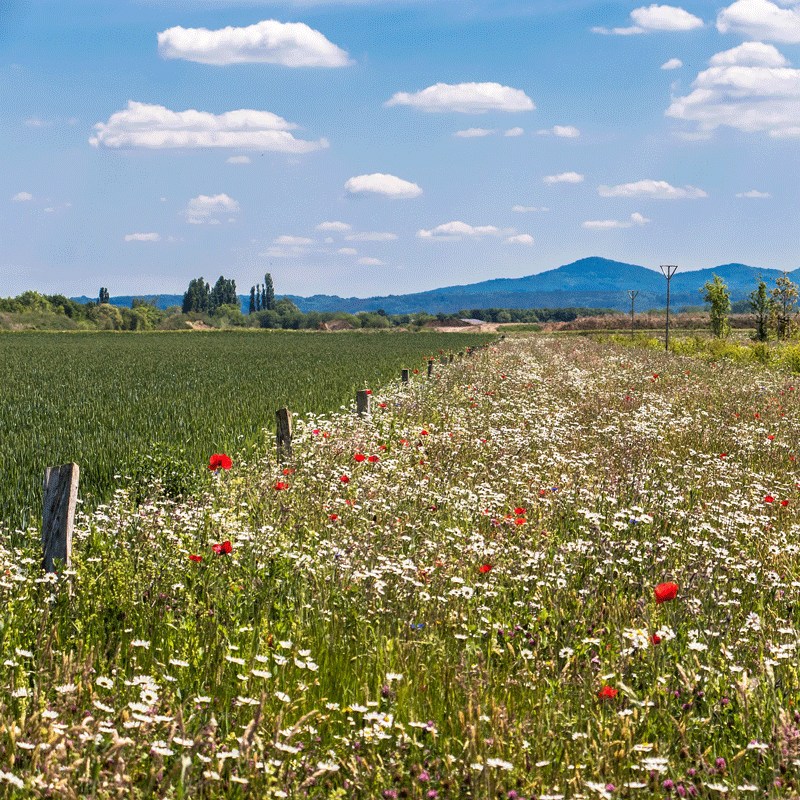

It truly can be said that our farmers have a deep connection with each crop they cultivate. It shows in their eyes when we visit their plots and they proudly show off their work. These practices (and many others) not only lead to success in organic farming but also contribute to a healthier environment. Unlike the rest of the industry, which moves to Yuma for the winter, ALBA farmers stay home to grow high biomass cover crops that are plowed back into the earth, sequestering over 20 tons of CO2-equivalent greenhouse gases.
Where They Grow
ALBA’s Alumni Farms…
- Acevedo Organic Farm
- Ambrosio Organic Farms
- Avalos Farm
- Avila Farms
- Bucio Organic Farms
- Buena Vista Organics
- Catalan Farms
- Chelito Organic Farms
- Christina’s Organics, Inc.
- Cisneros Farm
- D. Martinez Organic Farms
- Dirt House Farm
- El Zenzotle Farm
- Gallardo’s Organics Farms
- Green Goddess Farms
- Green Ribbon Organic Farms
- Green Thumb Organics
- Ground Stew Organics
- Hall’s Organic Farms
- Hector’s Organic Farm
- Hernandez Farm
- Hummingbird Ranch
- J&F Farms
- JAS Organics
- JSM Organics
- La Milpa Organic Farms
- Los Pinos Organic Farms
- Magana Farms
- Maria Narez Farm
- Martin’s Farm
- Mendoza Organics
- Modern Times Olive Oil
- Mossy Oak Ranch
- Narci Organic Farm
- November Ranch
- Organic Boys
- Oya Organics
- Perez Flowers
- Rancho Las Palmas
- Rancho Las Tres Marias
- RHJ Organics
- Silva Organic Farms
- Tu Universo Farm
- Ventura Organic Farms
- Vigil Farms
…Operating on the Central Coast*
*The farms listed outnumber the pins because 18 farms are located land at 4 sites.
Why It’s Important
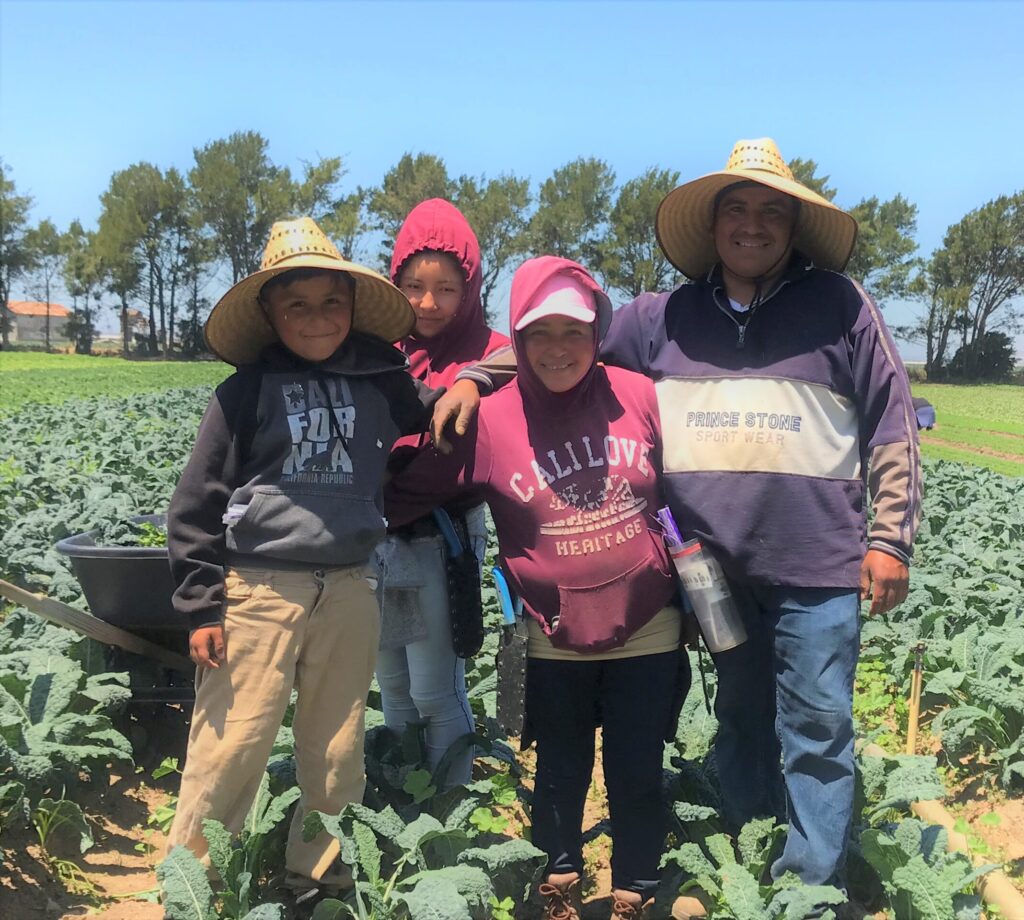
ALBA is focused on economic opportunity for field laborers whose farming experience, work ethic and entrepreneurial drive make them capable of higher achievement if given the opportunity. In fact, ALBA is a showcase for what immigrant farmworkers can do if given access to resources and education. Disregarding them as ‘unskilled labor’ ignores the fact that agriculture is highly dependent on their work and that they seem to be the only people willing and able to do it.
To deal with the farm labor shortage, large growers are scrambling to mechanize their way out of the problem. But the strategy is highly reliant on machinery, pesticides, and a global export strategy, which negatively impact worker and environmental health, and has wreaked havoc on the American family farm. There are arguments for this style of farming in terms of higher crop yields, lower production cost, which translates to food affordability.
